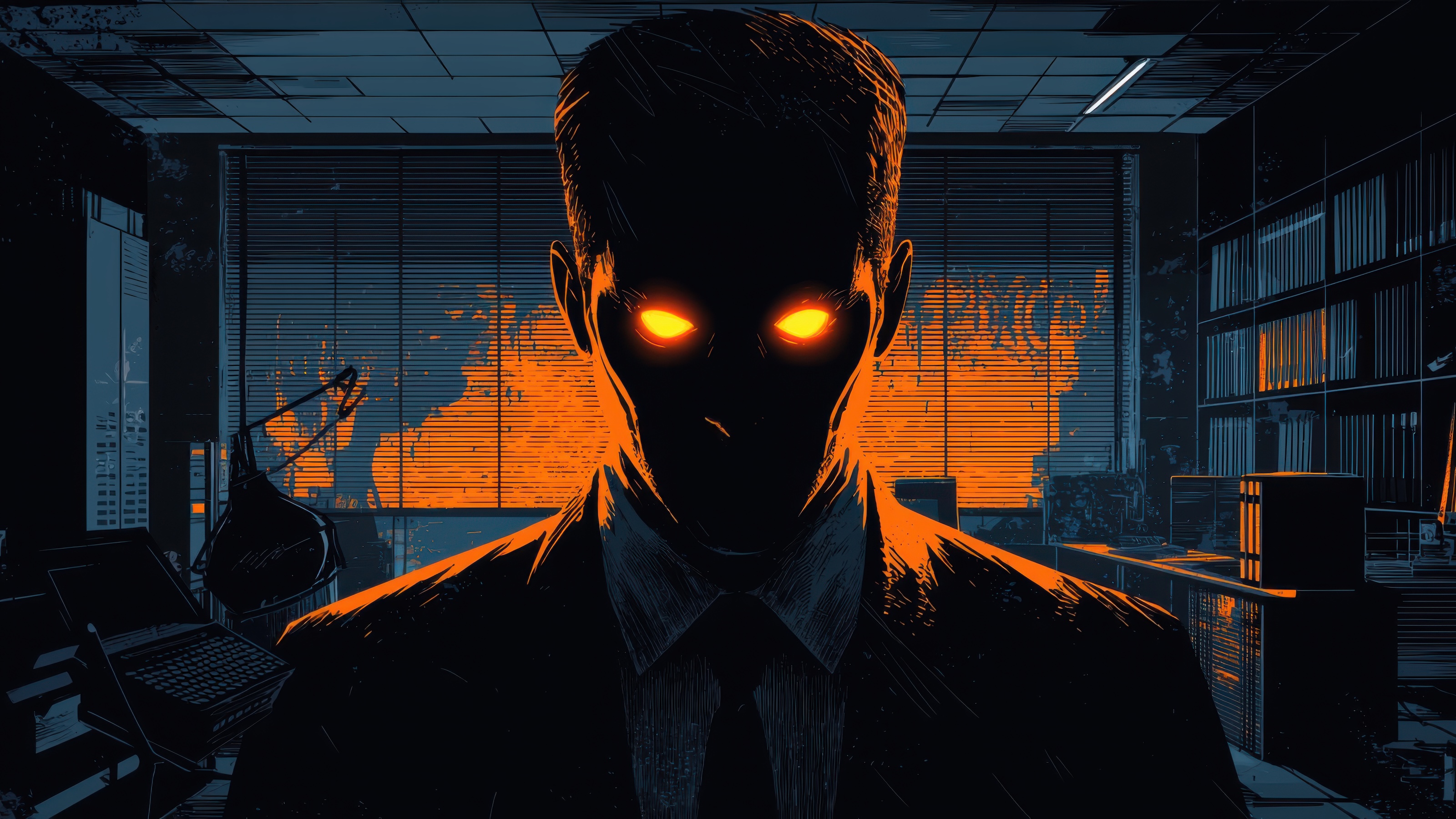How one of America’s finest jazz composers brings music into “three-dimensional space,” and why writing for an orchestra can be an expression of love.
Question: How do you begin composing a piece of music?
rnMaria Schneider: Oh, it's just, it starts with just groping in a dark, you know, you feel like you're in a dark room just looking for a light switch. And, you know, it's just such a difficult process. But what I'm just looking for is just an inkling of a personality in sound. You know, I'm just searching for sounds, something that grabs me and says, "Hey, I could be something, you know?" And I'm looking for that sound and trying to find something that is good enough that I'm willing to take the journey that it takes to create a whole piece with that idea.
rnQuestion: Do you construct a piece part by part, or as a unified whole?
rnMaria Schneider: Well, in my case, I've worked with my own orchestra for so many years, I'm really composing for all the sounds and the people and the talents and the creative impulses I know all those people have, as opposed to just composing a piece and I can't really separate myself from that. So I would say that the individual sounds of the people, the abilities that I know they have for improvisation and everything, I'm composing to that. That being said, you know, sometimes I will, when I perform a piece, I'll mix solos around and change the piece around and suddenly somebody over here that I never imagined playing a certain solo, they bring something so magnificently new to the piece and I realize, "Oh! You know, I shouldn't typecast people because everybody has such a broad range of what they can say."
rnBut, yeah, I love writing for people that I know because again, it's like that, it's the social aspect. You know, it's not me just writing a piece and wanting them to play it how I want it, but it's kind of almost like me giving them a gift and saying, "I hear all these beautiful things about you, I love you like this, I want to, you know, I see it sometimes like designing clothing for a beautiful model or creating a dance for a beautiful dancer and you just want to enhance their beauty.
rnQuestion: Do you hear ordinary sounds in terms of musical ideas?
rnMaria Schneider: I’ll say something and I’ll turn it around. What I’ll say is that when I’m working on, when I hear music and when I’m writing music, I see things. Like almost geometric, sculptural things. I once said to Terry **** actually, I said that I see my pieces like ephemeral sound sculptures. You know, that I see music like, that it has different levels of translucency, different hardnesses or softnesses of angles and maybe it’s even thinking about it architecturally.
rnQuestion: At what point do you move from solo composition to collaborative work?
rnMaria Schneider: Oh, I am working on a new piece and I have a rehearsal, I’ll bring in eight bars of something, if I want to hear it, or I’ll bring in half the piece. A lot of times I like to hear something when it’s not completed, because when I hear it and it’s suddenly pops into three-dimensional, four-dimensional space or whatever, then it really helps me feel where it needs to go. I think, especially from the timing aspect, the hardest thing for me is to figure out how long sections should be. Because when you’re sitting and you’re writing, you tend to, I don’t know, you work so hard maybe on a few seconds of music that it expands in your mind, but it goes by so quickly. So, you know, to me it’s like, what’s interesting about music is that it’s art in time. So you have to, in order for a piece to be successful, you have to grab somebody at the beginning of the piece in some kind of way, whether you’re enticing them or shocking them or seducing them, who knows that it is. And then once you have them, you have to bring them, you know, keep them interested. So it means not doing something for too long that their mind wanders, but not doing it for so short that it doesn’t, you know, give them that feeling of building. So it’s really, yeah, timing is a tough thing.
Recorded on December 11, 2009
Interviewed by Austin Allen





